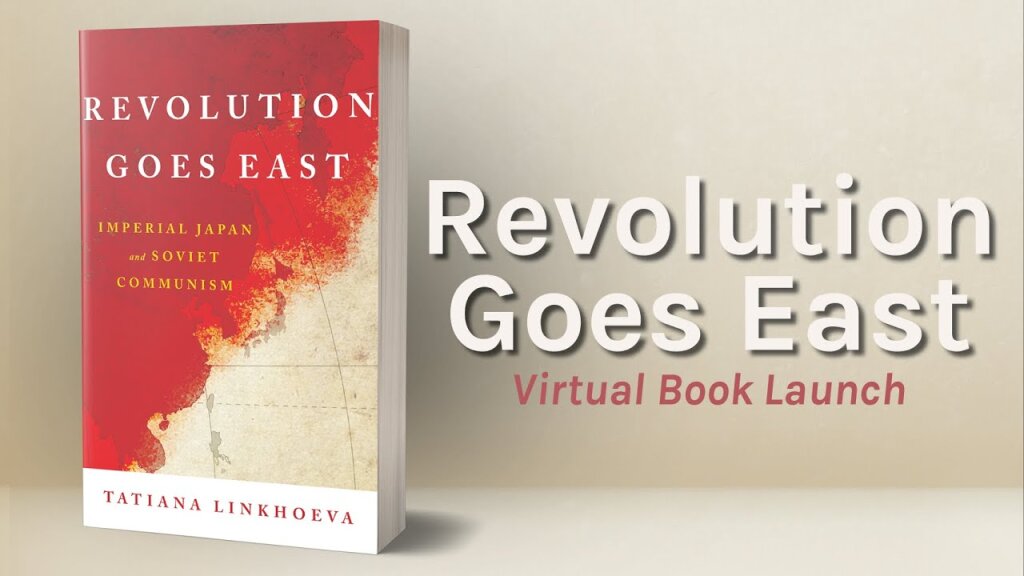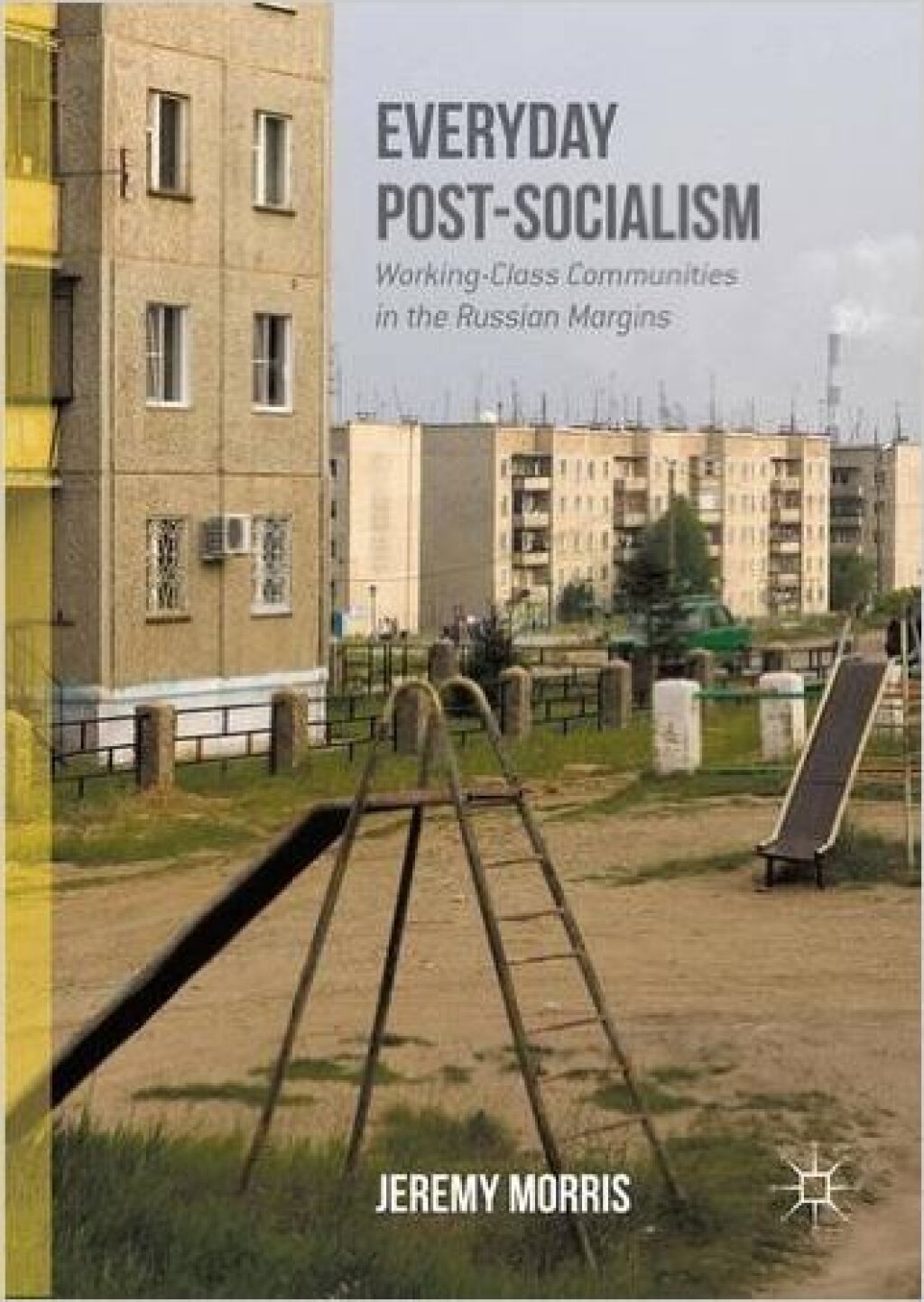On September 17, Professor Tatiana Linkhoeva of NYU History joined the Jordan Center and the Center for the Humanities for the virtual launch of her book, Revolution Goes East (Cornell University Press, 2020). The monograph applies a novel global perspective to the classic story of the rise of communism and the various reactions it provoked in Imperial Japan.
Linkhoeva started her talk by debunking the popular belief that socialism and communism only existed in countries like China and Korea, but not in Japan. She brought into focus the underexplored Japanese leftist thought and movement prominent in the imperial period and onwards. “A lot of the interwar developments in Japan happened either as a reaction or in conversation with the rise of socialist ideas globally and domestically," said Linkhoeva.
The Japanese proletariat was expected to follow the footsteps of the Russian Bolsheviks and topple the imperial regime and the existing social and economic order. Linkhoeva read a 1922 quote by Grigori Zinoviev, who believed the Japanese proletariat to have "held the key to the solution of the Far Eastern question" and capable of "deciding the fate of several hundred million people" in the colonized parts of Asia.
But the local development of leftism in Japan did not entirely copy the Bolshevik experiment. In fact, Linkhoevna stressed the local agency of Japanese leftist groups and individuals, who deemed the Russians ignorant of the particularistic conditions in East Asia.
Linkhoeva then identified three Japanese leftist groups who were called to this mission: anarchists, the Japanese Communist Party (JCP), and the national socialists. These divisions and distinct ideological formations took a decade to stabilize. "Ōsugi Sakae, Arahata Kanson, Yamakawa Hitoshi, Takabatake Motoyuki, and many others were all close friends prior to 1919, until they stopped speaking to each other a decade later, accusing each other of misinterpretation or even betrayal of original Marxist ideas," said Linkhoeva.
While all three groups believed that a revolution was necessary in Japan to end the inhumane socioeconomic conditions and state violence, they disagreed on how and when the revolution could erupt and what a new order could look like. The JCP was a proponent for the dictatorship of the soviets (not the Party); the national socialists for a nation-wide technocratic relief; and the anarchists for a society based on mutual aid or industrial unionism. Linkhoeva suggested shifting the Japanese left's struggle from one solely against the imperial state and police brutality to one centered more on ideas and people.
Another major venue by which the Revolution 'went East' was via foreign policy. Linkhoeva highlighted existing scholarships on diplomatic and military confrontations between communist Russia and anti-communist Japan, such as the border conflicts between Manchukuo and the Khalkhin Gol Battle. She suggested these geopolitical issues to be crucial to the formation of Japan's perception of its own regional role in East Asia. "Was [USSR] a radical entity aimed at bringing a world proletarian revolution--where the Bolshevik state would [somehow] disappear--or was it perhaps [...] still a state concerned with preservation of its territory and in this sense the heir to Imperial Russia?" She revealed the interactive nature of the ideological debates and the concurrent strategic discussions among military elites.
Linkhoeva's work thus advocates for examining the longue durée of the Russo-Japanese encounters, as Japan's engagement with communist Russia was not at all limited to the post-revolutionary period. Not only did previous inter-Imperial arrangements influence Japan's attitudes towards the Soviet Union, but other agents in the region--China and colonial Korea--also actively mediated Soviet communism's reception in Japan. The new book concluded that the Japanese state's trajectories of friendship with Russia were determined ultimately not by ideology--but by factors related to stability and security of its empire.
To restore the knowledge of real people and their aspirations against the greater historical backdrop, Linkhoeva ended her talk by presenting the fascinating life story of a lesser-known individual, Takao Heibë (1895-1923), an anarchist vagabond. Formerly a precarious worker in Osaka, Takao radicalized himself and organized labor strikes upon hearing about the October Revolution. He was, in turn, influenced by ideas transmitted by Comintern envoys from neighboring Asian countries in 1920, arrested for distributing books by Kropotkin in 1921, and brought to Moscow to attend a series of meetings with Bukharin, Zinoviev, and Lenin in 1922. Takao then brought the alleged news of Lenin's assurance of peace with Japan to populist Nakano Seigō and conservative politician Gotō Shinpei, resulting in the latter's influential advocacy of rapprochement with Russia. With anecdotes of unexpected encounters, Linkhoeva convincingly demonstrated how stories of real people blurred many ideological and diplomatic binaries.



